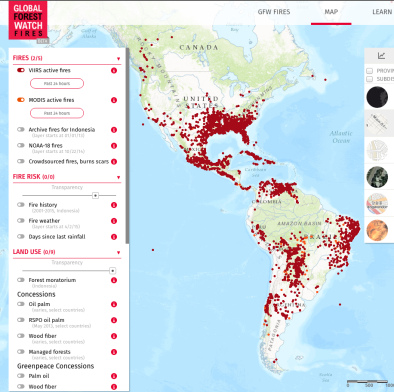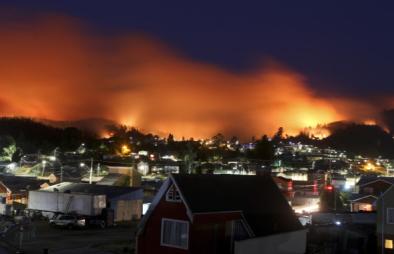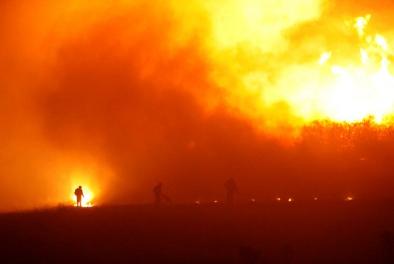Science Source
Unprecedented drought over tropical South America in 2016: significantly under-predicted by tropical SST
- States that tropical and sub-tropical South America are highly susceptible to extreme droughts
- States that recent events include two droughts (2005 and 2010) exceeding the 100-year return value in the Amazon and recurrent extreme droughts in the Nordeste region, with profound eco-hydrological and socioeconomic impacts
- States that in 2015–2016, both regions were hit by another drought
- Shows that the severity of the 2015–2016 drought ("2016 drought" hereafter) is unprecedented based on multiple precipitation products (since 1900), satellite-derived data on terrestrial water storage (since 2002) and two vegetation indices (since 2004)
- Finds that the ecohydrological consequences from the 2016 drought are more severe and extensive than the 2005 and 2010 droughts
- Uses empirical relationships between rainfall and sea surface temperatures (SSTs) over the tropical Pacific and Atlantic to assess the role of tropical oceanic variability in the observed precipitation anomalies
- Results indicate that warmer-than-usual SSTs in the Tropical Pacific (including El Niño events) and Atlantic were the main drivers of extreme droughts in South America, but are unable to explain the severity of the 2016 observed rainfall deficits for a substantial portion of the Amazonia and Nordeste regions
- Concludes that this strongly suggests potential contribution of non-oceanic factors (e.g., land cover change and CO2-induced warming) to the 2016 drought
Related Content
Real Time Data

Feb 1, 2017 | Global Forest Watch | NASA
Global Forest Fire Map
Headline

Feb 1, 2017 | AccuWeather
Worst wildfires in Chile's history continue to burn
Headline

Feb 1, 2017 | robertscribbler
Chilean Wildfires are Worst to Ever Strike the Country
Science Source
| Geophysical Research Letters
Anthropogenic and natural contributions to the Southeast Pacific precipitation decline and recent megadrought in central Chile
Boisier, Juan P., Rondanelli et al


